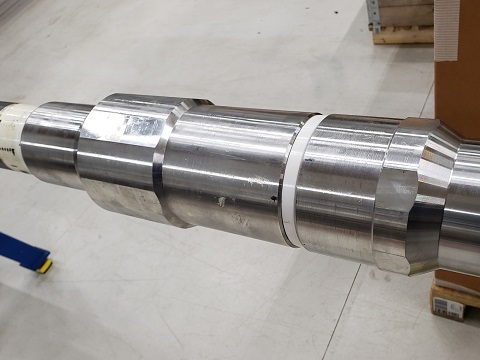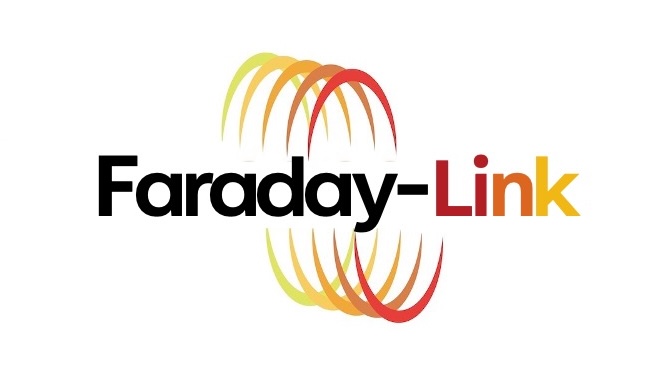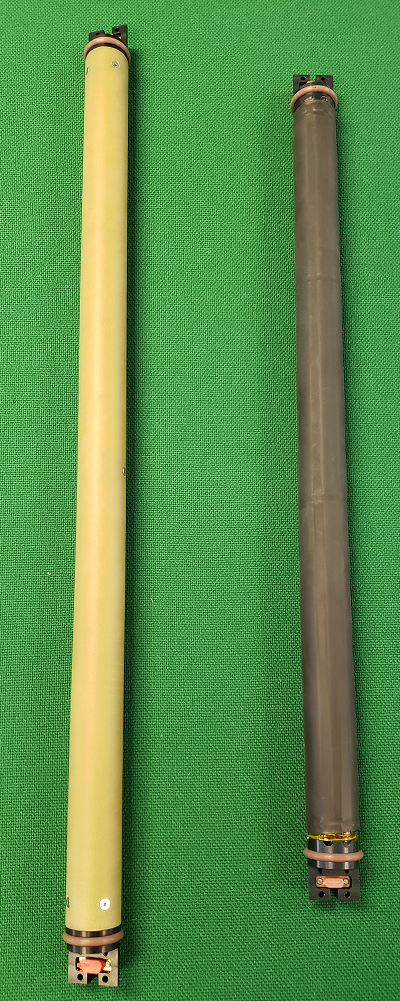Producing wells have massively increased in complexity over the last two decades and the old reactive intervention strategies of gathering data only in response to a problem or at long preprogrammed intervals is recognized as no longer fit for purpose. The tools used for such limited interventions no longer fully meet the needs of current, best practice reservoir management with electricline and slickline needing to be supplemented by other data gathering options such as fiber optics, conductive slickline and permanently wired completions.
Into this mix Leading Magnetic Design deliver a number of wireless communications technologies which allow operators to interact with their assets in new and unprecedented ways providing data and interaction with the well and reservoir on demand.
GEM – Communications between Surface and Reservoir
“Smart Wells” have existed for over a generation but like home networks of a similar vintage, they rely on hardwired communications solutions to carry data or deliver operational commands. Just like old fashioned wired home networks, cables are vulnerable, and devices are necessarily limited to certain locations close to data and power access points. Adding new devices may also be constrained by the physical limits of the network with very new technologies not being compatible at all with these legacy systems.
By using GEM to communicate with downhole devices including permanent gauges, inflow devices etc., operators can eliminate the expensive requirement of installing TEC cable on the outside of the tubing and undertaking the risky operation of running the completion without crushing the delicate cable. Wireless communications also eliminate the second greatest weakness of the wired system, the leak path at the pressure feedthroughs where the TEC cable connects to the sensor or other devices. A GEM based communications platform is also capable of accepting new sensors and devices at any later stage which could be seated in side-pocket mandrels or hung from gauge hangers whilst communicating with our surface transceiver hardware.

GEM uses the same low powered and robust electronics developed for drilling applications. These downhole transceivers can operate at depth and temperature using battery power for years, transmitting data to surface or receiving activation commands from Leading Magnetic Design’s compact surface hardware as required.
GEM’s transparent bridge communication protocols allow the operator to build a downhole network based on products from multiple suppliers rather than being tied to a single provider giving them the ability to choose the best technology for the job.
Our team offers bespoke telemetry solutions, optimising the system to the customer’s unique application requirements. Today the GEM system is being used to provide on demand activation for a brand-new flow monitoring technique pioneered in Norway.

Faraday-Link -Wireless Networks Across Intervention and Logging Tool Strings
Faraday-Link delivers the ability to move data between devices that were previously incompatible or environmentally inaccessible. This short-medium range and highly robust magnetic telemetry has no problem communicating with sensors and devices shielded by significant amounts of steel even if it is moving such as below an electric submersible pump.
Faraday-Link enables applications such as below plug/packer pressure readings for barrier integrity monitoring where it would be incredibly expensive to integrate an electrical bypass into a third-party plug or packer. Any bypass through a previously solid device also introduces the risk of leak of compromising the barrier it was designed to monitor.
Faraday-Link can easily communicate with sensors and other devices behind casing or tubing or even embedded within the cement in order to measure annulus pressure and identify tubing failure or other well integrity issues. Such sensors or devices can be recorded or activated on the fly by integrating a Faraday-Link transceiver into a standard logging string or even a memory operated slickline device. The same hardware can be used to control inflow control devices and other downhole valves.
As well as enabling communications between the tool-string and completion, Faraday-Link can provide solutions for extending intra tool-string communications to parts of the tool-string where hardwiring an extended tool bus is technically difficult due to location or prohibitively expensive due to manufacturing costs. An example of such a use could be the activation of a multi barrier setting application with pair of plugs or packers set in the same run without the need to have a fixed electrical connection through the upper plug and setting tool and the lower setting tool.
Using Faraday-Link within a tool-string could also allow sensors from different technology providers to be integrated within the same string and communicate with the same Faraday-Link transceiver using our transparent bridge.

